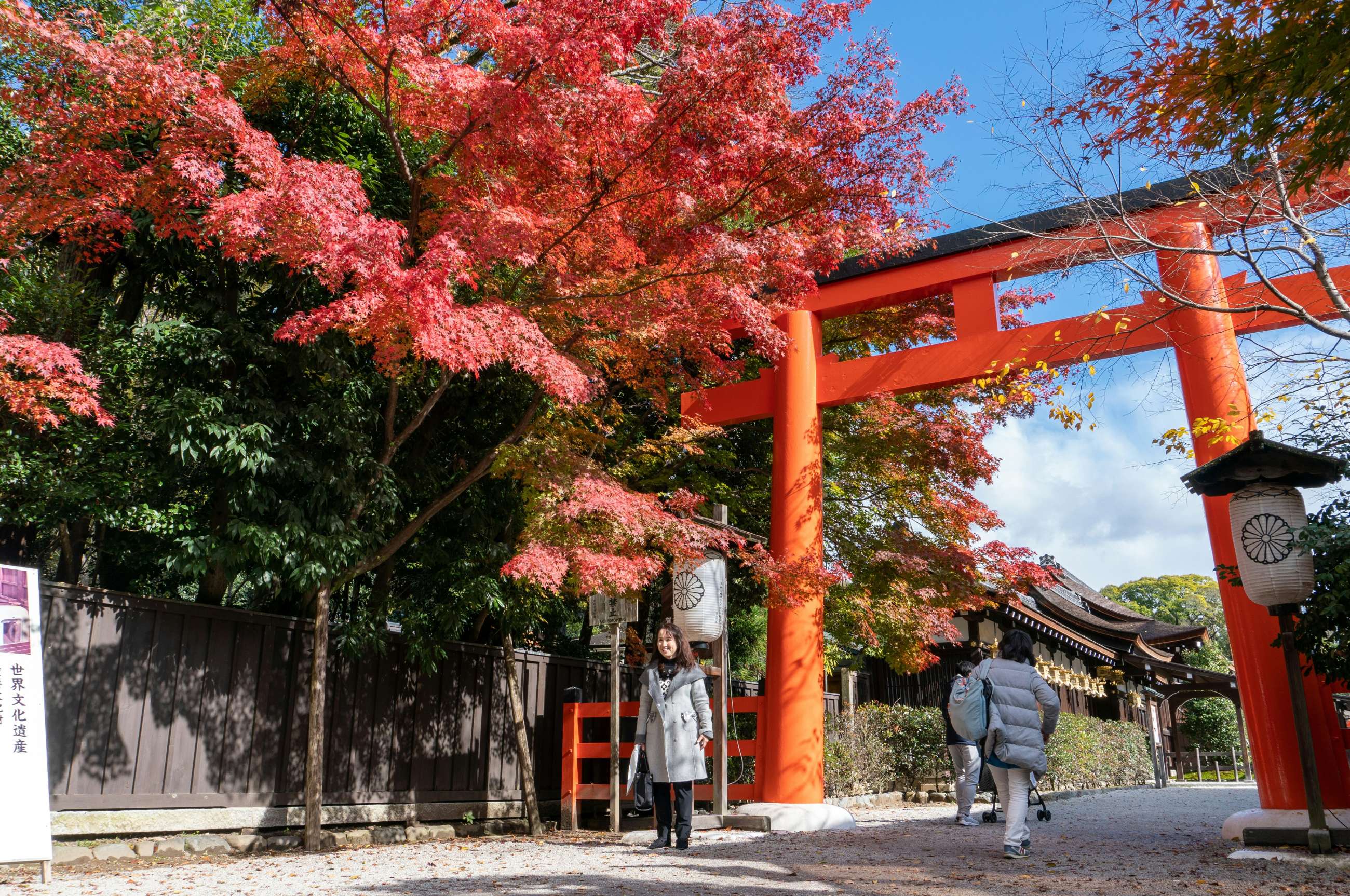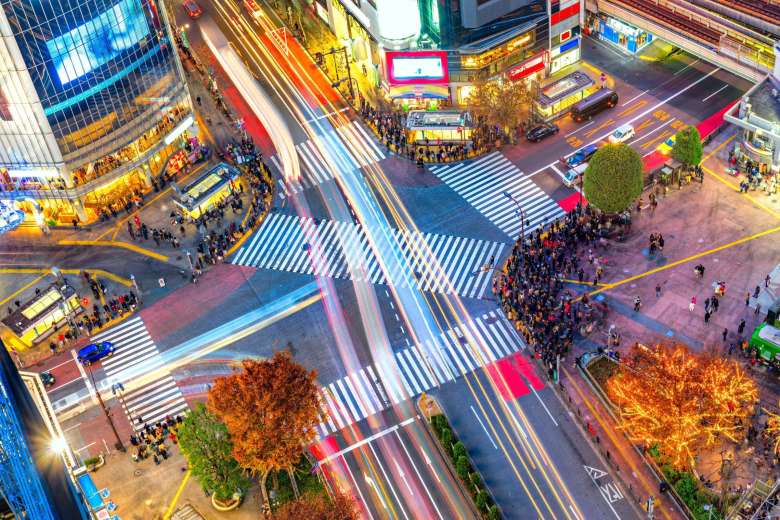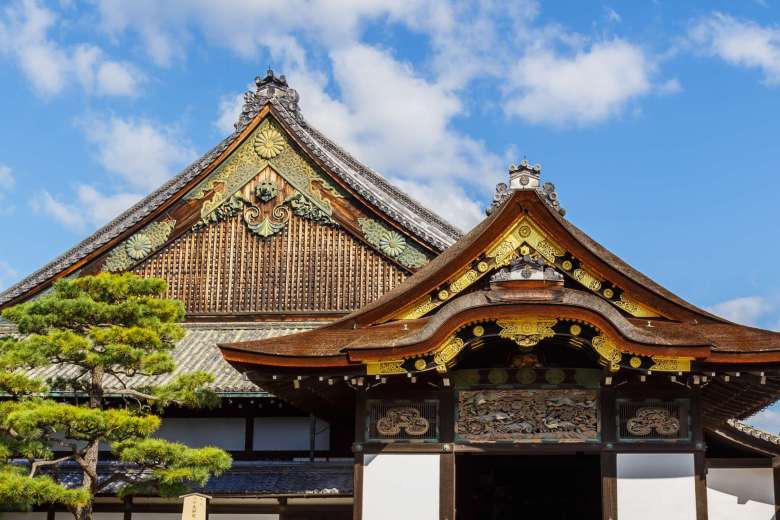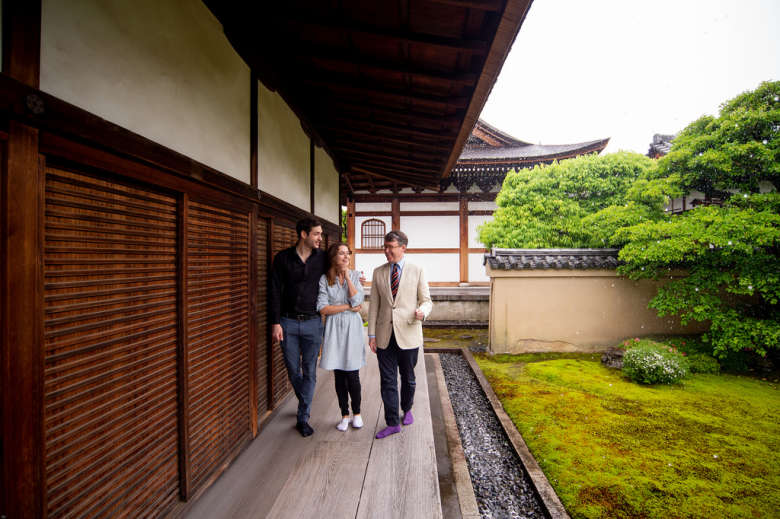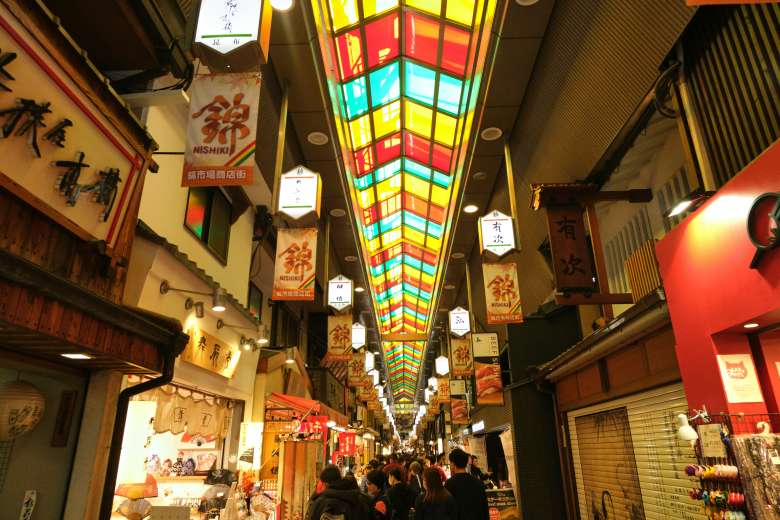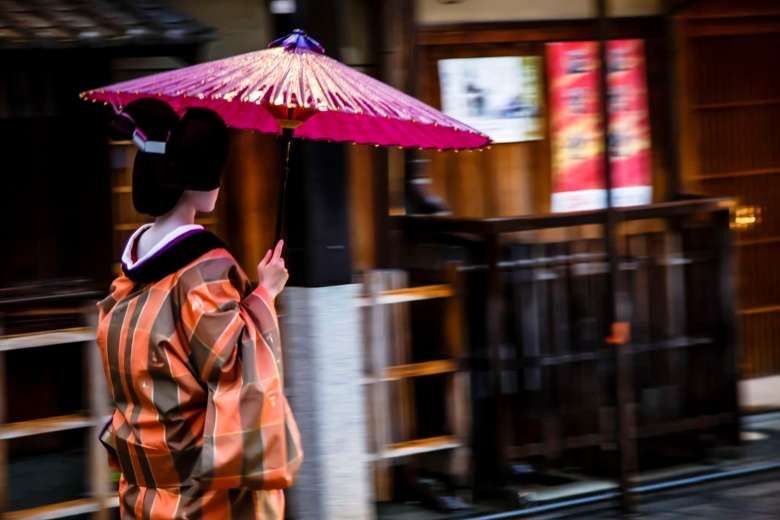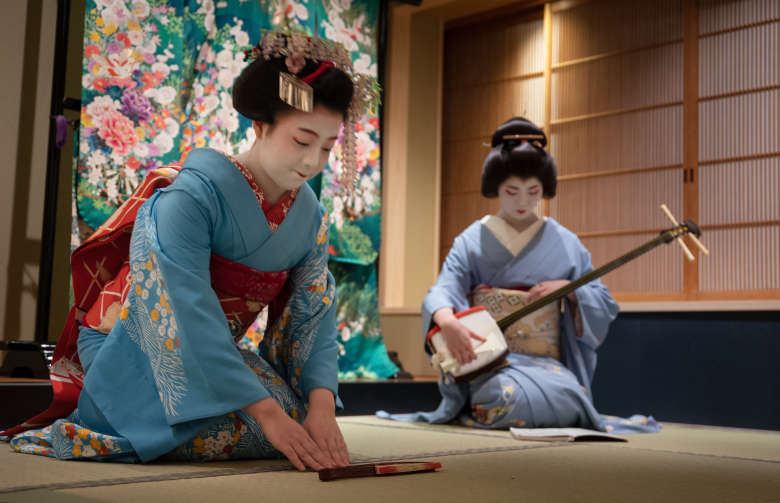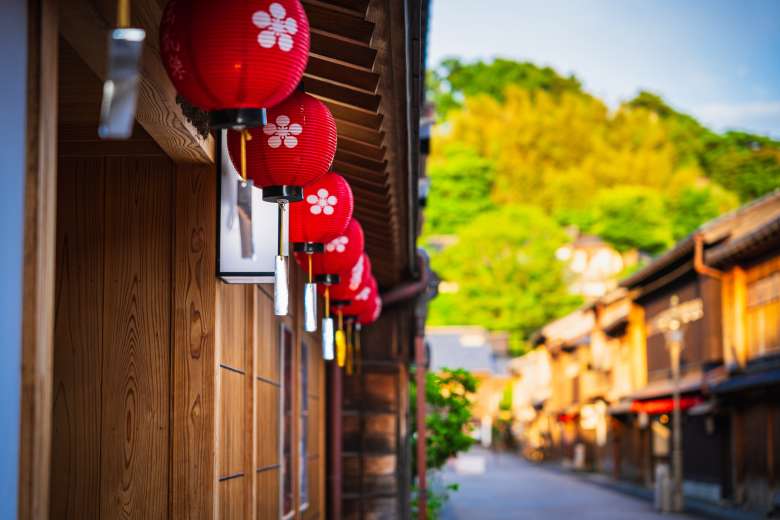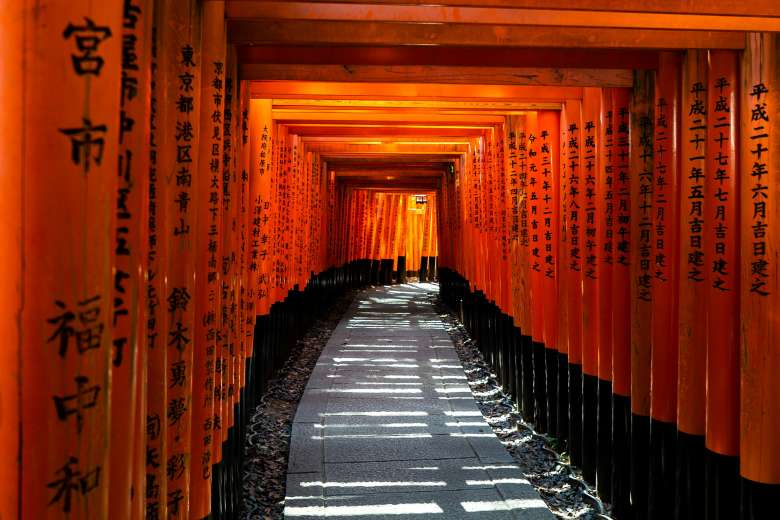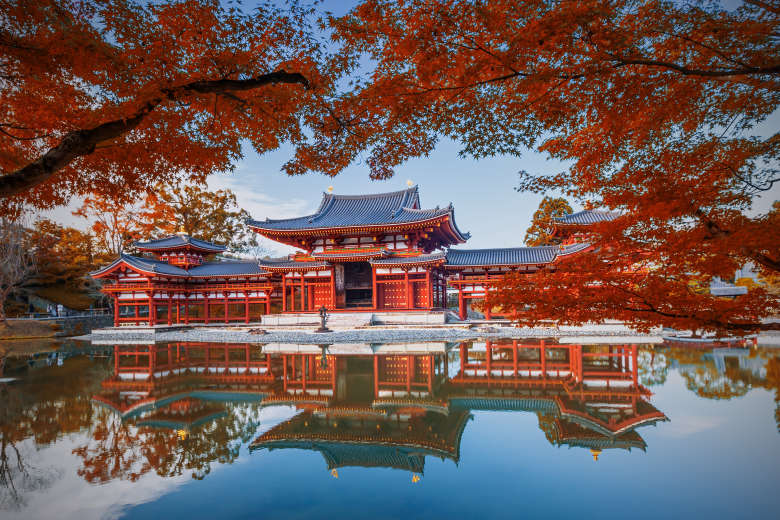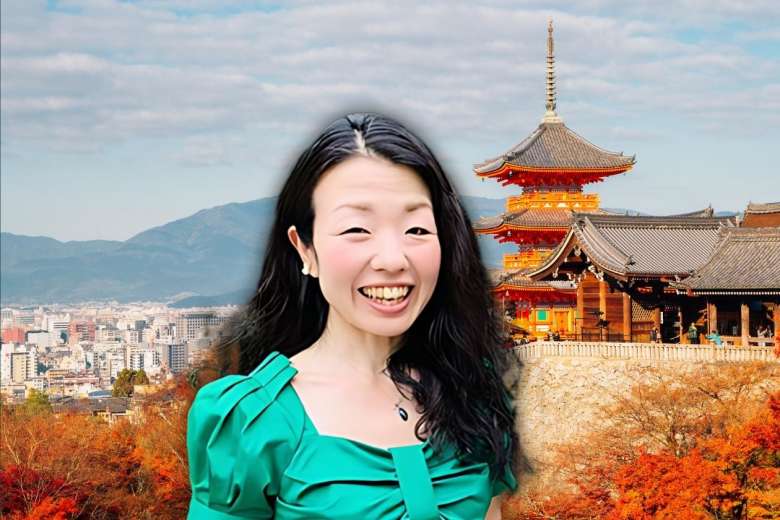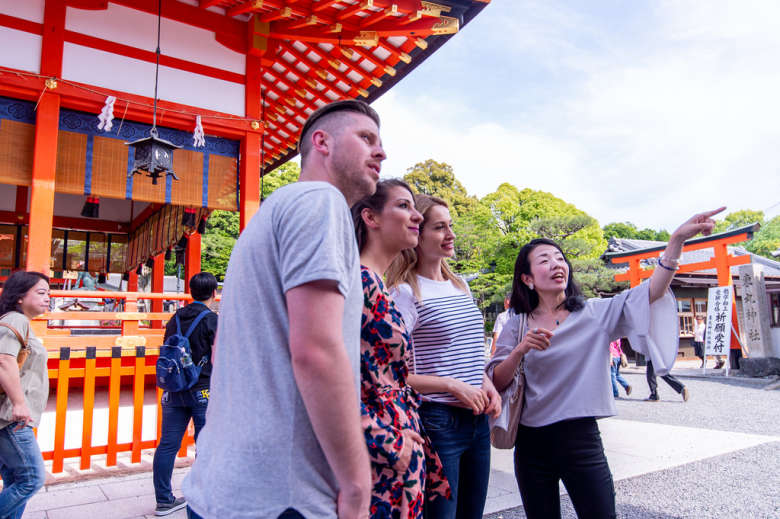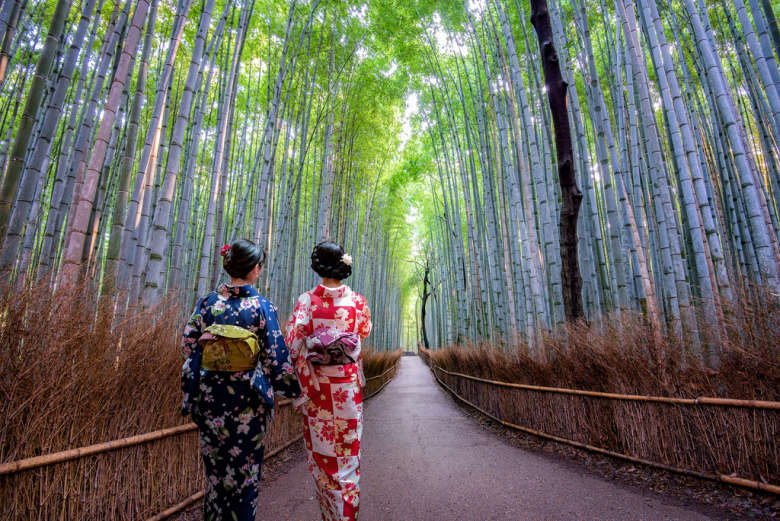Kyoto Private Walking Tours
Context Travel Kyoto Tours
Kyoto, the ancient capital of Japan, is not just a city; it's a living canvas where the brushstrokes of history meet the vibrant colors of modern life. As you walk its lantern-lit streets, the gentle chime of temple bells resonates, mingling with the scent of incense that wafts through the air, evoking a sense of timeless serenity. The city's ancient temples, with their wooden structures and golden details, stand as silent sentinels to centuries of culture, while the lush, serene gardens offer a palette of greens, the rustling leaves whispering stories of Zen.
Our
Kyoto in a Day Tour is where your exploration begins, a comprehensive experience tailored to immerse you in Kyoto's essence. Your Kyoto tour guide, an expert in the city's rich history, will lead you through significant sites like the iconic Kinkaku-ji, where gold leaf shimmers against the sky. This Kyoto walking tour includes not only the visual splendor but also a traditional Japanese lunch, ensuring you taste the city's culinary heritage.
As dusk falls, the allure of the
Geisha District Night Tour beckons. Stroll through Gion, where the air carries the subtle notes of shamisen music, and the cobblestone lanes are lit by paper lanterns. Here, the Kyoto private tour experience allows you to delve into the world of Geishas, understanding their art and the cultural significance they hold, all under the guidance of a knowledgeable local.
For a more exclusive encounter, our
Private Tea Ceremony with a Geisha Tour offers an intimate look into the refined traditions of Japan. In a serene tea room, partake in the meticulous ceremony of tea preparation, where each movement is poetry in motion, followed by an interaction with a Maiko or Geiko, where you'll gain insight into the life behind the painted faces.
No visit to Kyoto is complete without savoring its culinary arts. Our
Kyoto Food Tour at Nishiki Market lets you indulge in a symphony of flavors. From savory skewers to sweet mochi, your Kyoto tour guide will navigate you through this food lover's haven, explaining the stories behind each dish and the market's role in Kyoto's daily life.
- Uji enchants with its tea fields, the birthplace of matcha, where you can learn about tea ceremony rituals from the source.
- Arashiyama captivates with its natural beauty, from the Bamboo Grove to the Togetsukyo Bridge, offering a peaceful retreat from urban bustle.
- Hiroshima, a journey for reflection, where history's scars are woven into the fabric of a modern city, with visits to the Peace Memorial Park and Miyajima Island's floating torii gate.
Each Kyoto tour we offer is a thread in the fabric of your travel story, crafted by local tour guides who are not just companions but storytellers, making your experience not only educational but deeply personal. Whether you're tracing the footsteps of samurai, experiencing the ephemeral beauty of cherry blossoms, or engaging with living traditions, Kyoto offers an exploration of the senses that will linger long after you
